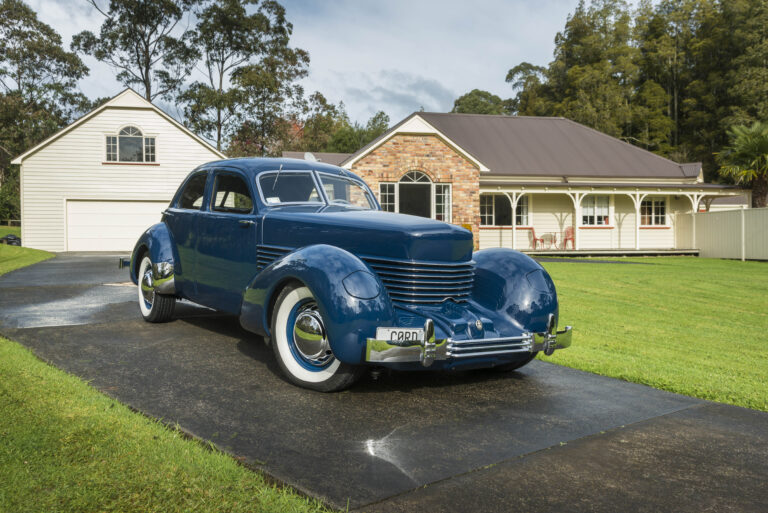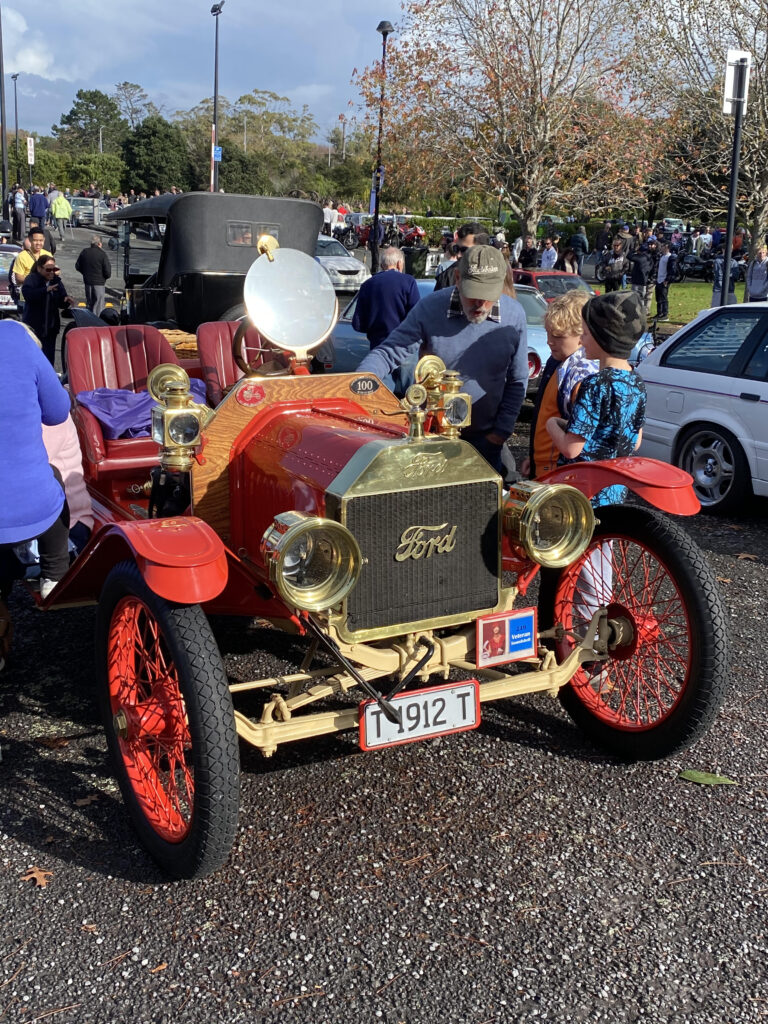James gets a taste of the hustle and bustle of Delhi traffic on his way to a very important classic car event
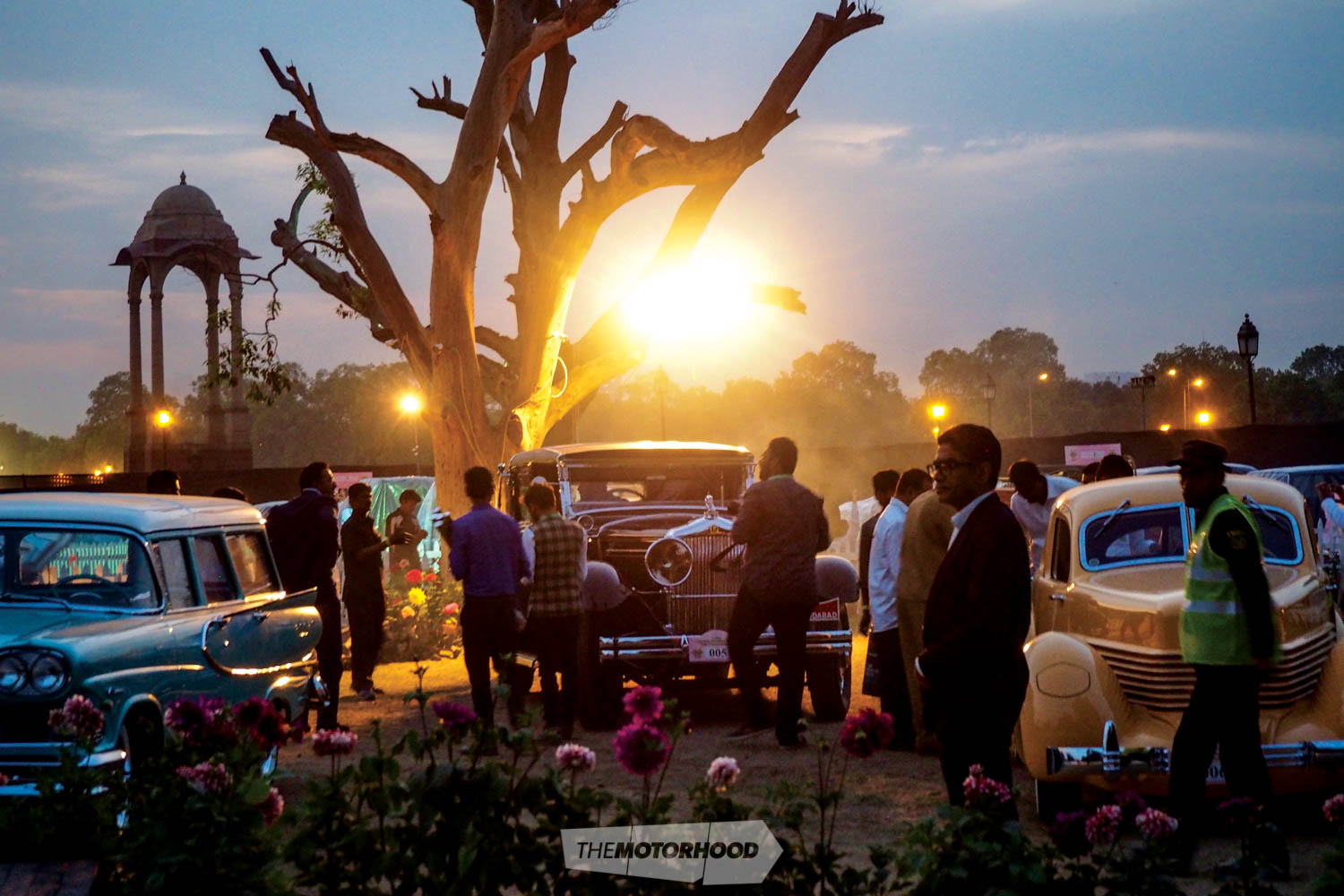
If you have not been to India before, you’ll probably not be prepared for the experiences you will encounter; in fact, even if you have been before, but, like me, have not been to the capital, New Delhi, you’ll still be still in for a very big shock to the central nervous system.
Delhi and motor cars are neatly summed up in Private Delhi, the 2017 novel written by Ashwin Sanghi in collaboration with James Patterson: “He liked to drive fast. Or at least as fast as he dared, leaning on the horn like a local and winding his way through lines of buses, scooters, cyclists, and autorickshaws, past glass-fronted buildings and ancient temples, broken-down housing and luxury hotels with glove-wearing staff at the gates. Delhi was a vibrant, colourful mix of cultures old and new. A genuine melting pot.”
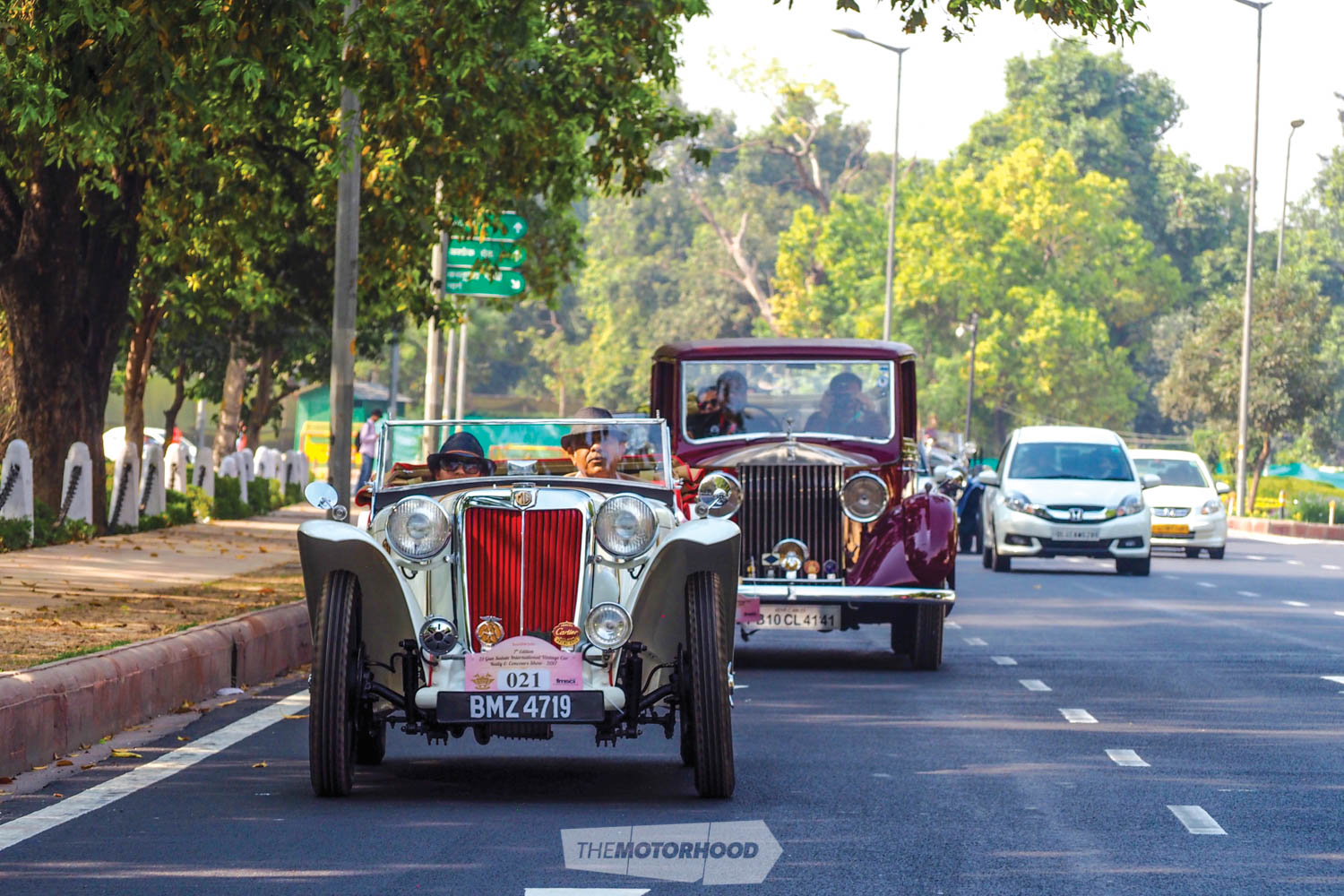
View fullsize
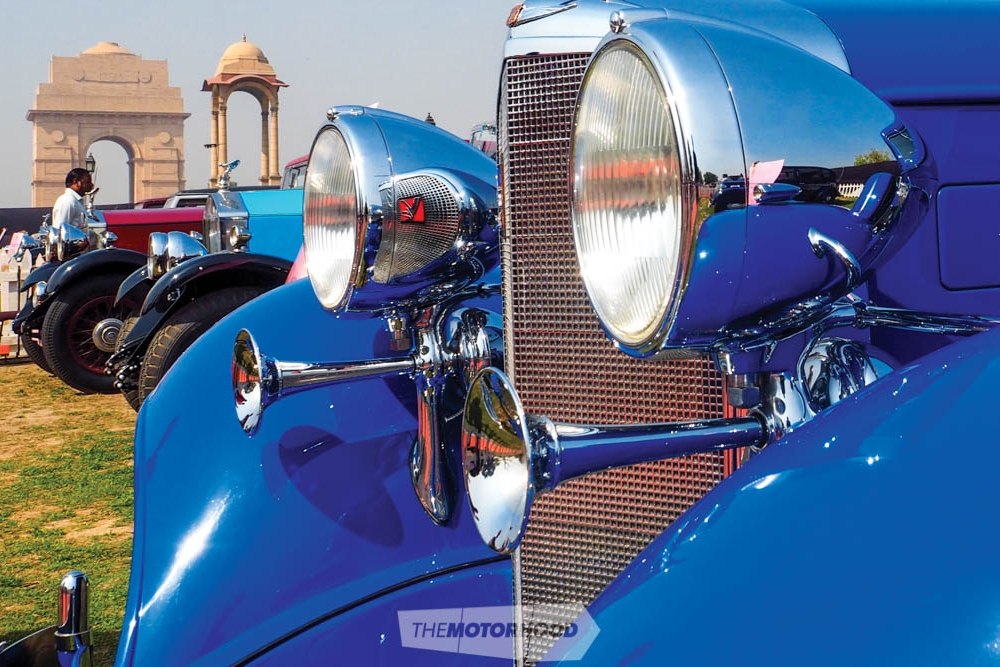
View fullsize

Important event
And it was into this melting pot that I arrived for the 21 Gun Salute International Vintage Car Rally and Concours Show. For me, this was — like arriving in Delhi — a new adventure, but 2017 was, in fact, the seventh edition of an increasingly important event not only for this part of the world but also on the international motoring calendar. This year, the judging team was led by chief judge Chris Kramer from Germany, and included such luminaries as Gordon Murray of McLaren Formula 1 (F1) road-car fame; Retromobile founder François Melcion; Jeremy Jackson Sytner, founder of Windsor Castle Concours of Elegance; Rolls-Royce expert par excellence Paul Wood; historic racer James Wood; Adolfo Orsi; and Quirina Louwman, who is often seen behind the wheel of her father’s XKD 606, the 1957-winning Le Mans D-Type. Obviously, there’d need to be some pretty good cars on show to satisfy the panel.
We weren’t disappointed by the vehicles gathered under the shadow of India Gate, the Lutyens-designed war memorial constructed between 1921 and 1931. The wonderful display included the Maharajah of Jodhpur’s 1939 Lagonda V12 Rapide, along with his 1935 Rolls-Royce Phantom II Continental; a couple of lovely Silver Ghosts; a 1939 Delahaye roadster by Figoni et Falaschi; and a 1928 Ford Model A wedding car with brass body, rich interior, and louvred windows, so that the bride can see out but no one can see in. Truly, there was a huge variety of cars on display, many of which had been delivered to India when new, among them the Best in Show winner — an amazing 1933 Minerva Type AL, a seven-passenger limo originally the property of Mohammad Amir Ahmad Khan, the Raja Sahib of Mahmudabad. One of just 33 ALs ever built, this was the grandest, most luxurious, and most expensive of any to leave the Belgian carrossier.

Provenance and history
All the cars seemed to have amazing stories to tell, but none more so than the 1914 Benz 8/20 PS Runabout. This car, which was in one of the classes that I was lucky enough to be judging, has been in the same family since new and recently underwent a painstaking restoration to return it to its original glory, just as it was when Lord and Lady Willingdon — the governor general and viceroy of India and his wife — climbed aboard when they visited Madura early in its life. The provenance and history of this incredible Benz is fully documented by its original bill of sale and a host of other interesting paperwork from across the decades.
Possibly, though, the two cars that said ‘India’ to me the most were the Fiat 1100D (‘D’ for ‘Delight’) made under licence here and, of course, the 1960 Hindustan Ambassador, manufactured for some 50 years but now little seen on the streets of the capital of this fast-growing economic miracle.
View fullsize
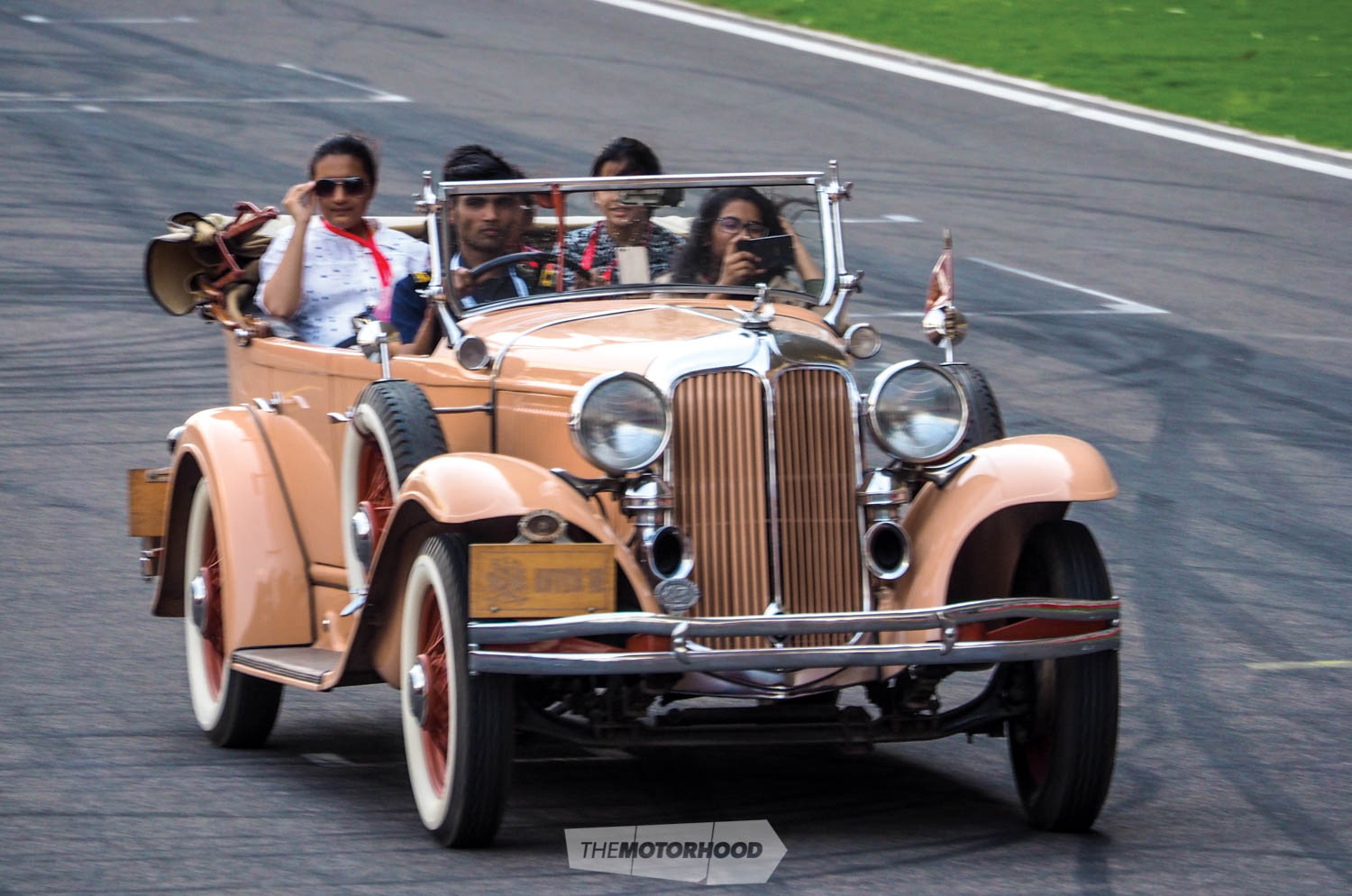
View fullsize
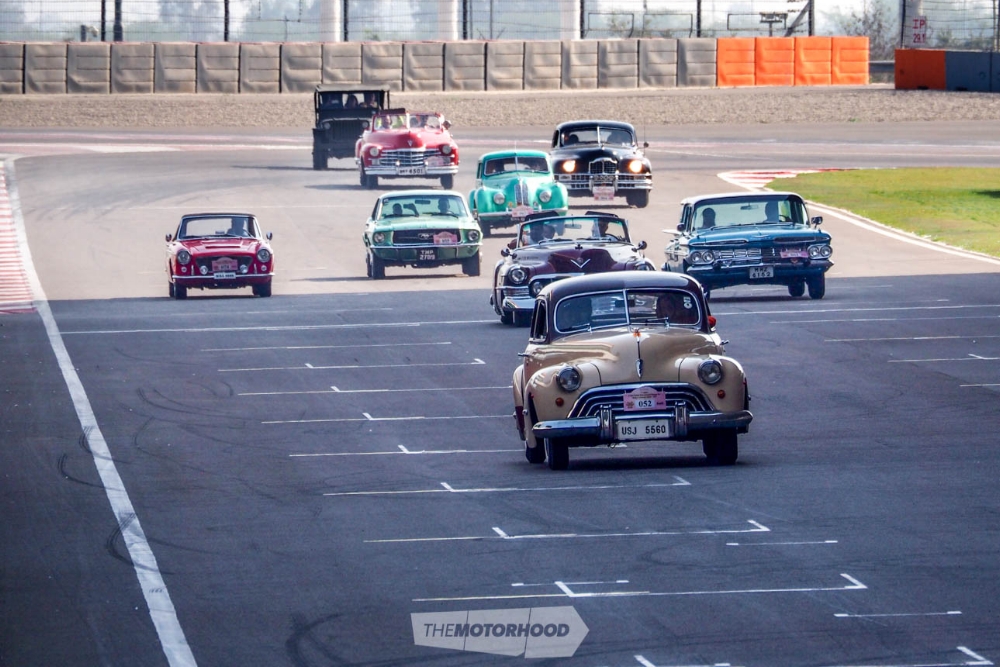
After two days of polishing and preening, it was back out into the real world, and time for these Edwardian, vintage, and classic vehicles to leave the sanctuary of the showground. Our journey plunged us headlong into the chaos and confusion of daily Delhi traffic, our destination the white elephant that is the F1 Buddh International Circuit at Greater Noida, 60km away.
It was of little matter that the rare Charles Worth–bodied Alvis had an accident at the first roundabout, or that the only surviving Stutz in India, once the property of Ranjitsinhji, broke down in the middle lane of the ‘flyway’: all the participants arrived safely after encountering a variety of obstructions, including an overturned autorickshaw (think Jeremy Clarkson in his Reliant Robin!).Here, I must deviate to comment on the autorickshaw, or ‘tuk-tuk’ as it is sometimes known. Despite the fact that they run on green compressed natural gas, this does little to alleviate the city smog that one can encounter.
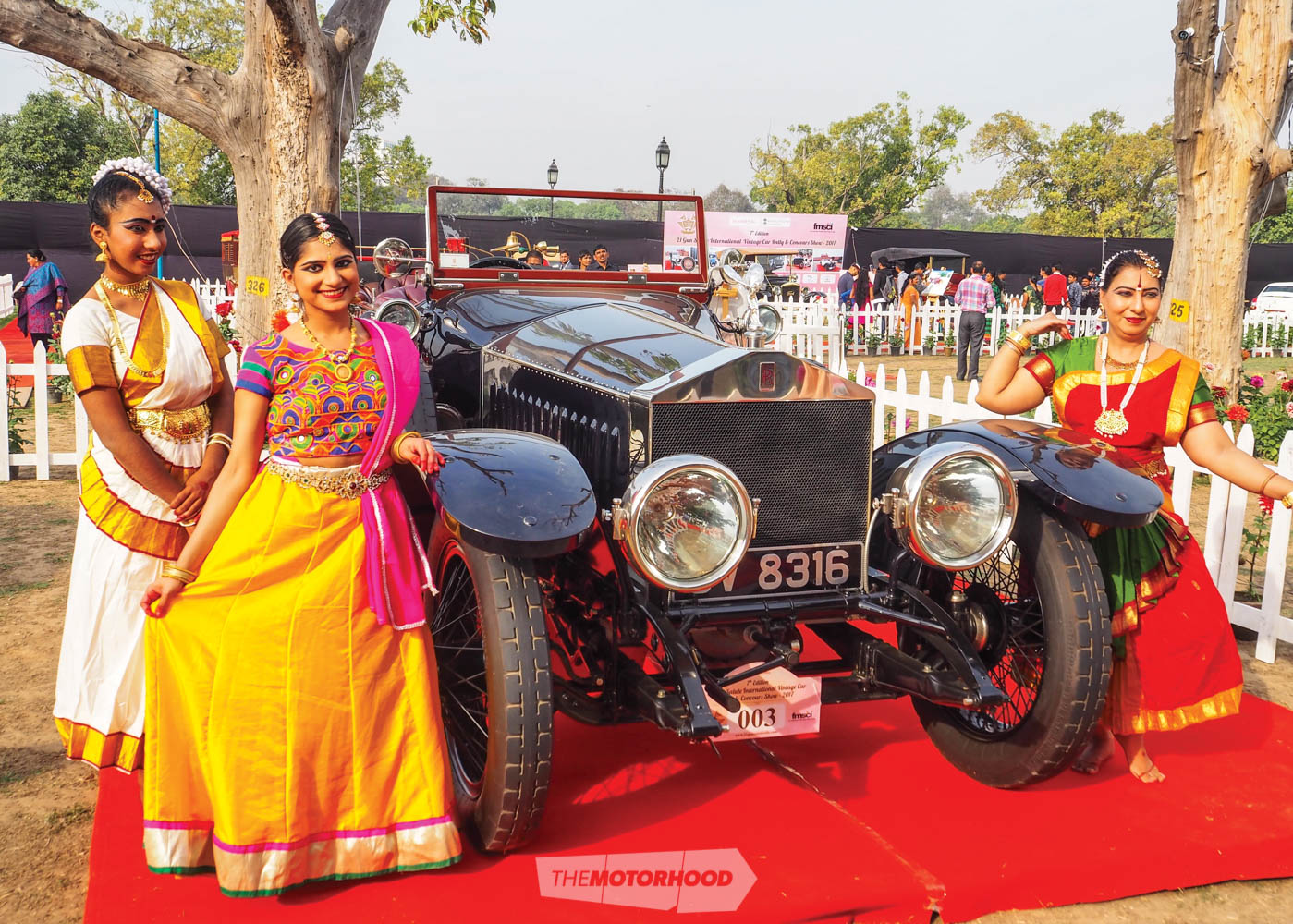
Chauffeur driven
I was the first to arrive at the Buddh circuit, having been chauffeured in a cracking little 1961 Mercedes-Benz 190SL that had originally started out life in Wales. When the rest of the convoy finally caught up, it was time for parade laps and regularity trials around one of the finest F1 tracks, but one that, for various reasons, is no longer included on the F1 calendar.
It was an amazing trip and an amazing event, with evenings spent hobnobbing in black tie at the home of HH the Maharaja Manujendra Shah Sahib Bahudur and the Maharani Mala Rayja Laxmi Shah of Tehri Garhwal Uttarakhand, the National Rail Museum, and the Austrian Embassy.
My only two real worries were, whether the prize-giving would continue long into the dark night, and if I would make it back to the airport for my flight home after we found the road was closed, and my driver decided to switch off his engine for what could be a long wait. I need not have been concerned on either count — like everything in India, somehow, it happened, and I made my flight on time — mind, body, and soul in harmony.
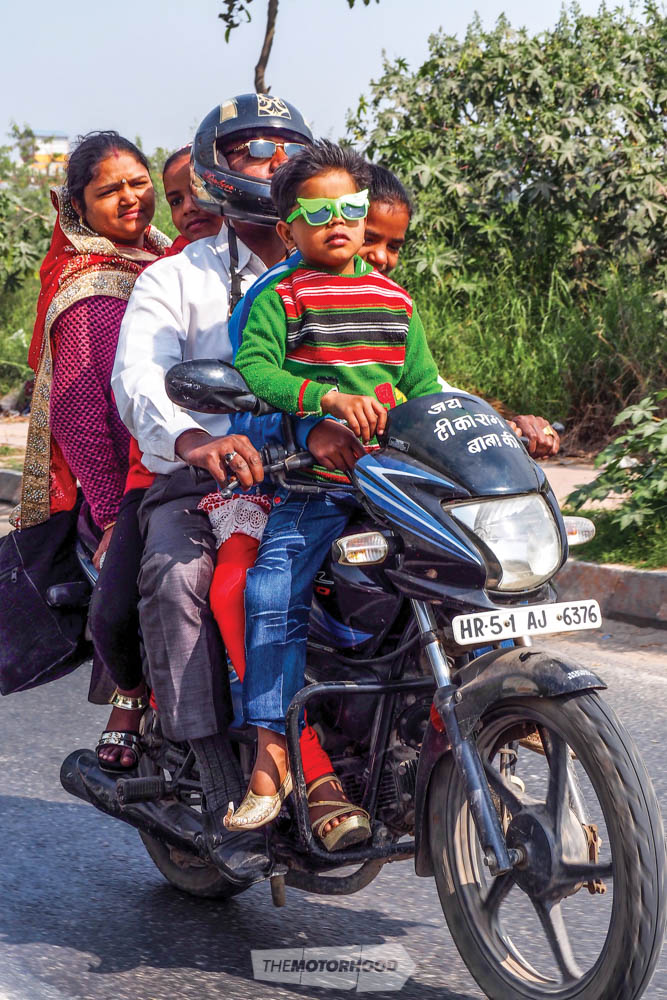
This article was originally featured in NZ Classic Car Issue No. 320 — You can purchase a print copy at the link below


